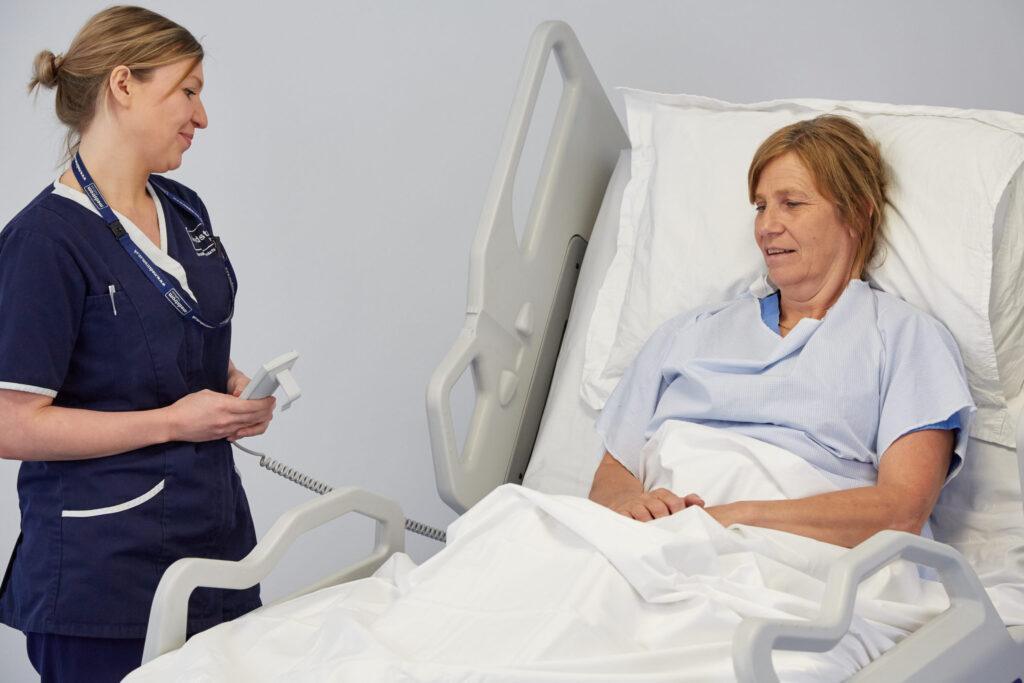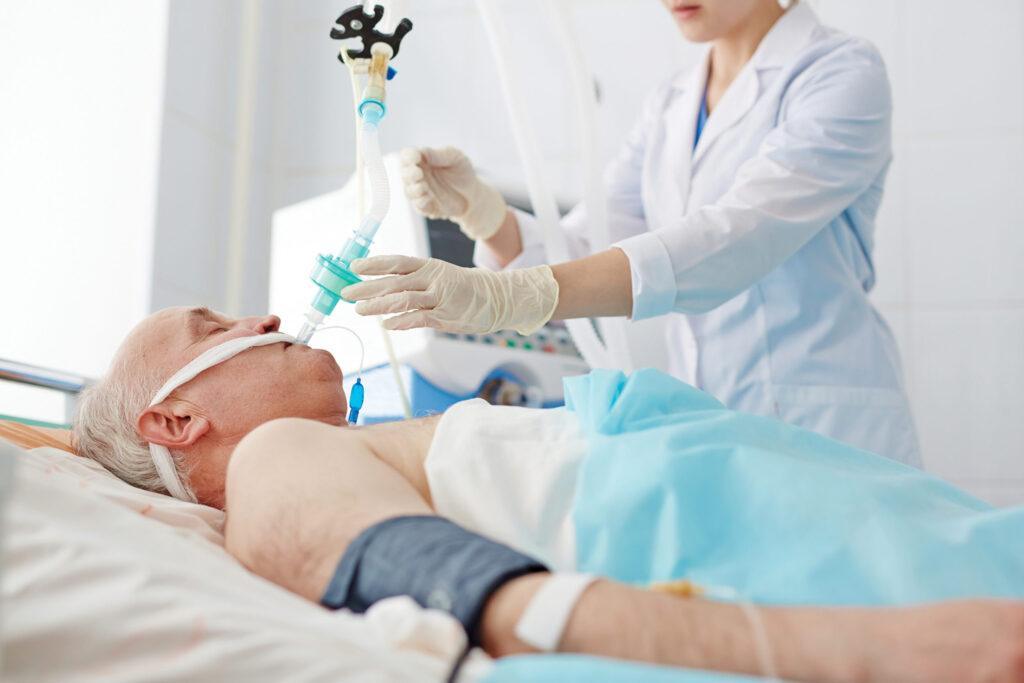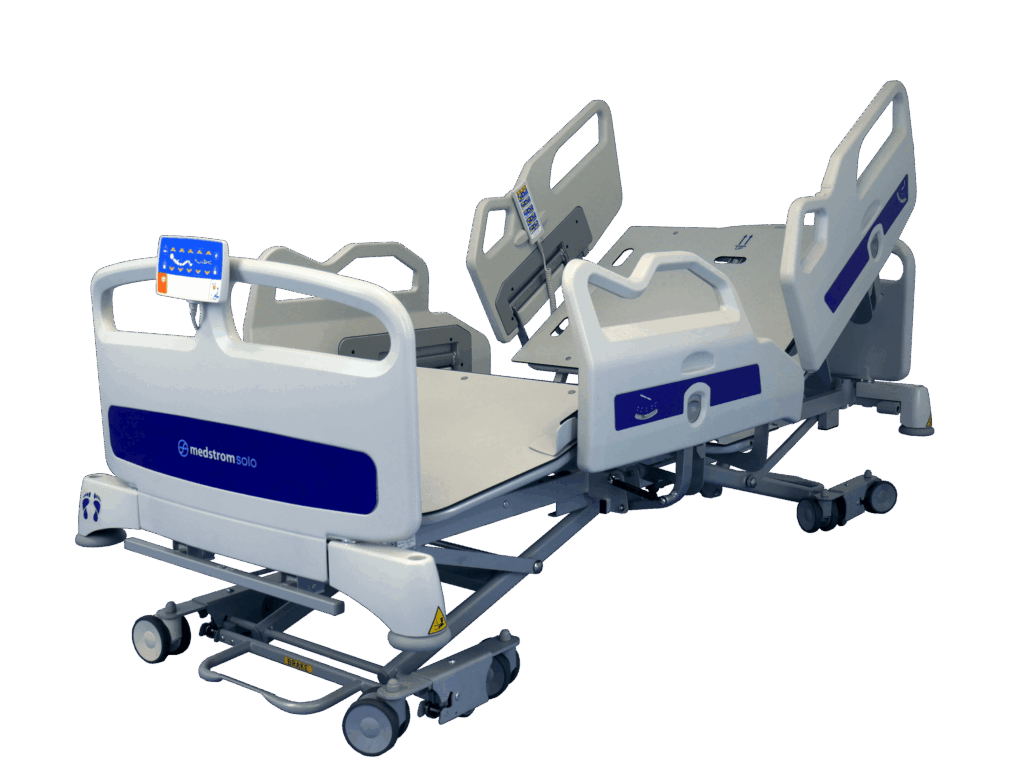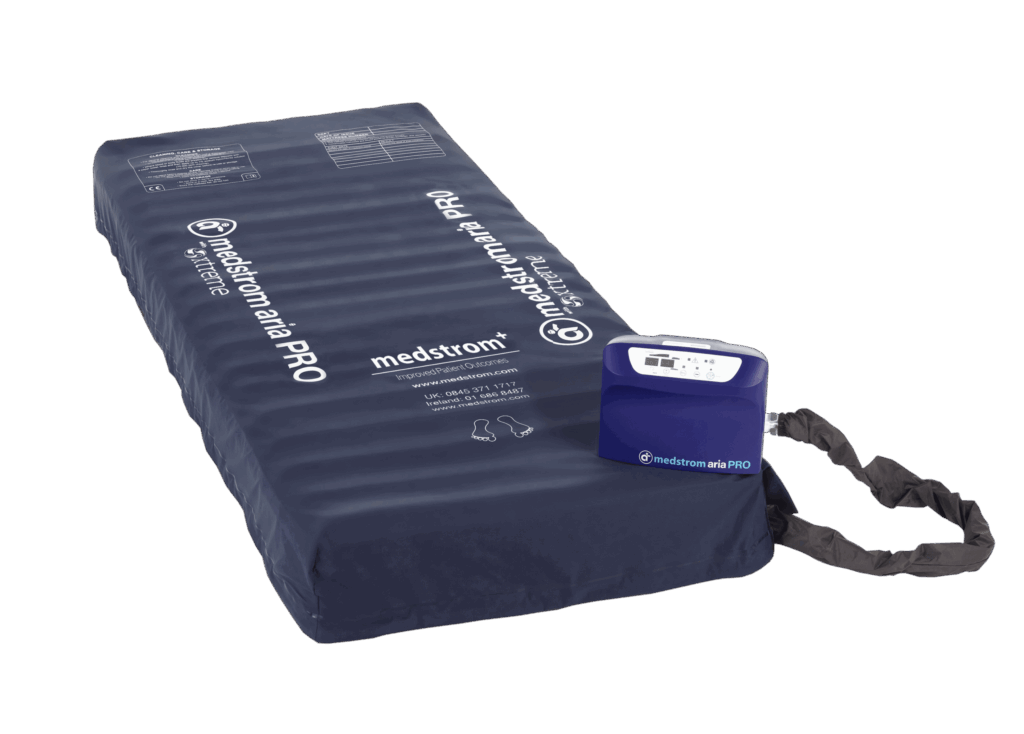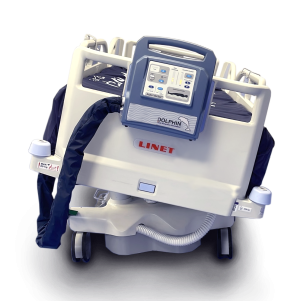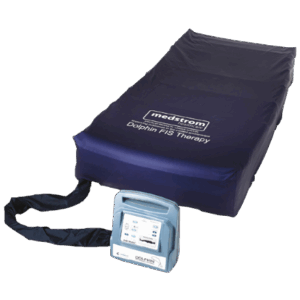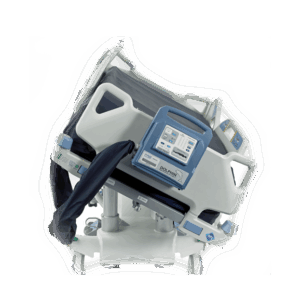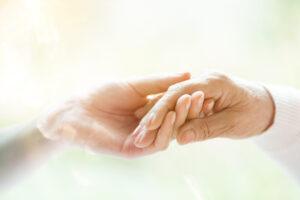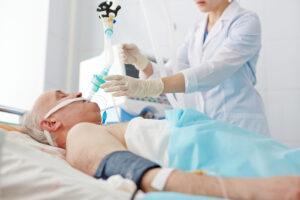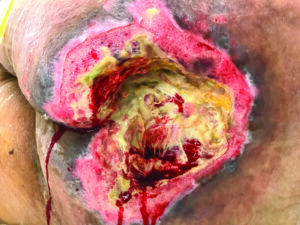
Eleganza 5 in 5. Part 2: Positioning
In the second in a series of five posts with accompanying videos focusing on how the Eleganza 5 bed can benefit patients and caregivers, we look at positioning.
We appreciate how busy you are and because of this, we’ve kept things short. It will take less than 5 minutes to either read this post or watch the video.
If you prefer watching to reading:
Or scan the QR code to watch on your phone:
Eleganza 5: Positioning – 5 Key Facts in 5 Minutes
1. Understanding Proning
The purpose of the prone position is to improve lung perfusion and oxygenation. In critically ill patients with respiratory compromise it has been shown that for the short term, the prone position improves both oxygenation and lung compliance.1
It’s very important that local procedure and protocol is adhered to when proning a patient. The decision whether or not to put a patient in the prone position, what degree of reverse Trendelenberg to put the bed in, and whether or not the patient can be repositioned once they are in the prone position will always be made by the multidisciplinary team.
2. Pressure Ulcers
When a patient is in the prone position, the most common complication is pressure injuries.2 This is because once in the prone position, the patient will not be repositioned as frequently. The other complication may be facial oedema,3 so it’s very important when a patient is proned to take steps to mitigate these.
3. Tilting – Patient Benefits
A bed such as Eleganza 5 which can offer lateral tilt may assist with small micro movements and allows different parts of the body to load bear. It should be noted that with haemodynamically unstable patients this decision will be led by the multidisciplinary team, but the benefit of a lateral tilt function is that the movement will be hands-off.4 It therefore allows repositioning of patients who can’t be moved any other way for long periods of time.
4. Tilting – Caregiver Benefits
The benefit for the caregiver of using the lateral tilt is demonstrated in the pictures below. By tilting the patient towards the caregiver, the caregiver’s back will be in a much more aligned position, making it easier and safer to move the patient.
5. Fluid Simulation Therapy and Air Fluidisation
Therapies such as fluid immersion and air fluidisation may be particularly useful when dealing with complex patients who are unable to be repositioned for a long period of time. The picture below demonstrates the difference that fluid simulation therapy and air fluidisation can make to tissues and cells. When cells are loaded heavily, they can become damaged2 – the cell on the left of the picture has a flat bottom:
If a cell becomes damaged, all the cells surrounding it will have to take additional load. But when a cell is placed in a fluid environment, it can maintain its natural shape, so is less likely to become damaged. By using fluid immersion simulation therapy such as Dolphin Therapy, patients who are unable to be repositioned frequently can benefit from better outcomes.
In summary, proning can be used to help patients with respiratory compromise, but steps must be taken to mitigate the risks of pressure ulcer formation and facial oedema. Fluid immersion simulation therapy such as Dolphin Therapy can help to prevent or heal pressure ulcers in highly complex patients. In addition, the lateral tilt on Eleganza 5 can be used for hands-off patient repositioning of haemodynamically unstable patients who are unable to be moved any other way for a long period of time.
References
- Schub, E. & Pilgrim, J. Patient Positioning (Critical Care Patients): Prone. Nursing Practice and Skill. BACCN, December 2017. Accessed online 17th May 2021.
- National Stop the Pressure Programme. Pressure ulcer prevention guidance when nursing patients in the prone position. May 2020. Accessed online 17th May 2021.
- Downie, F. Reposition, Reposition and Reposition (COVID-19). TVN TV: Tissue Viability News. April 2020. Accessed online 17th May 2021.
- Milcek, N. Patient Positioning: The Role in Ventilation Care (Revisited). (Online). Accessed online 17th May 2021.
